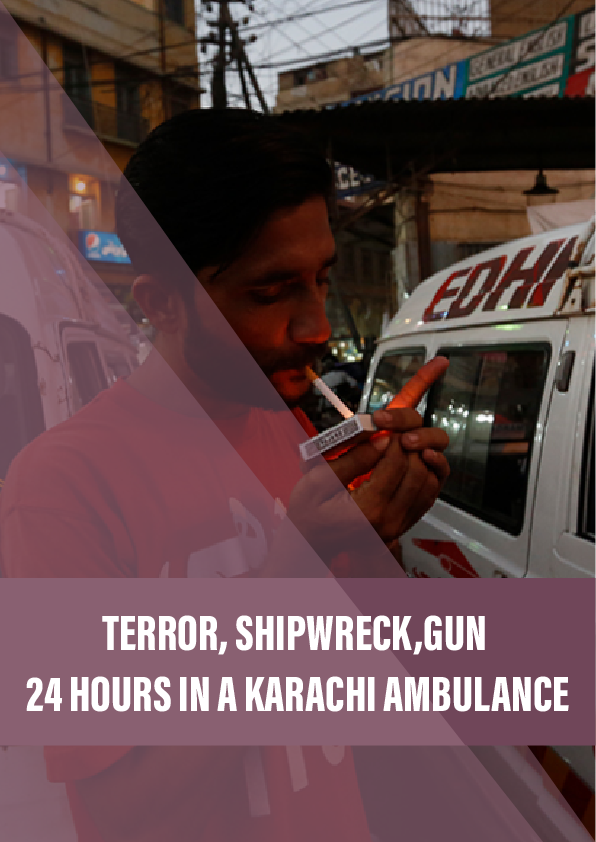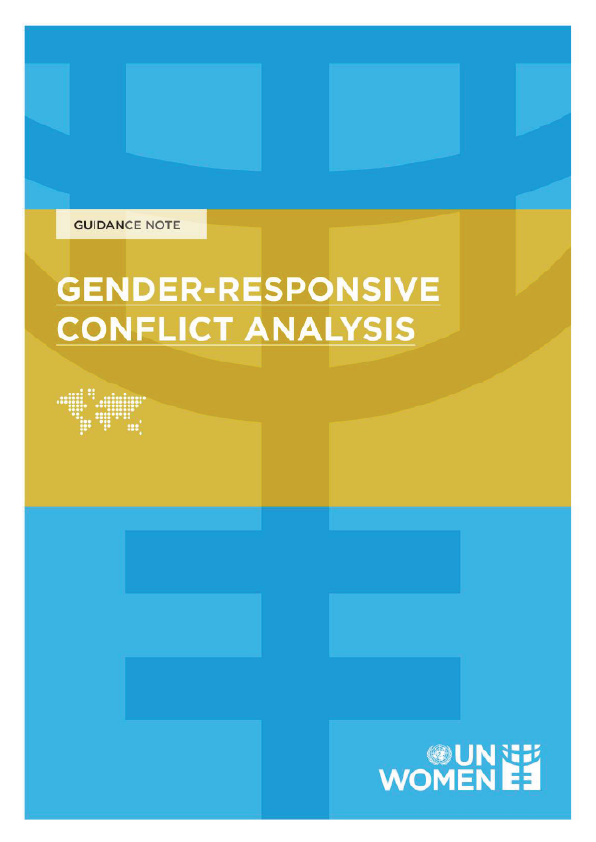Who would risk their own safety tending to the injured and recovering the dead in one of the most violent cities on earth? Samira Shackle rides along with a driver from the world’s largest voluntary ambulance service.
The impact of the explosion sent Muhammad Safdar flying backwards. He looked up from where he had landed and saw that the glass on his parked ambulance had shattered.
As he tried to pick himself back up, fellow ambulance drivers from the Edhi Foundation gathered around him; it looked as if Safdar was bleeding. But he had not suffered any external injuries. “Human flesh got stuck to me,” he recalls now, as we sit in the ambulance control centre in downtown Karachi. “My friends were checking me for injuries, but it was pieces of other people. I was trembling hard and I couldn’t hear my own voice when I spoke. It sounded juddering. I could only hear whistles.”
It was 5 February 2010 and Safdar had already dealt with the fallout of one explosion that day: an hour before, a motorbike laden with explosives had slammed into a bus carrying Shia Muslims to a religious procession. Safdar had raced to the scene to load the dead and injured into his ambulance and take them to nearby Jinnah Hospital. With more than 30 injured people and 12 dead, the emergency room was chaos, with people crying and screaming as doctors struggled to cope. He was still inside the hospital when the second bomb exploded just outside the entrance.
He did not realise until later that he had suffered head injuries. At the time, he followed his first instinct, which was to get up and continue to help. A further 13 people were dead, with scores more injured. “Everything was a mess, there was blood everywhere, the whole place was like that,” Safdar remembers.
The hospital entrance was badly damaged and there were fears that a third bomb could hit. Ambulance drivers took the worst injured to other nearby hospitals for treatment. Three ambulances were completely destroyed, so they worked with what they had.
Across the crowds of injured people, Safdar kept his eyes on his boss, Abdul Sattar Edhi, who was sitting inside an ambulance. Despite being the famous founder of a huge charitable empire, Edhi made a point of remaining at the frontline of rescue work. He had been collecting the dead and injured alongside his workers. Safdar ran over to Edhi. “I came to pick him up in case of a third blast, but he said, ‘I am not going. Wherever I am, there isn’t a blast, so I am not moving.’” Safdar continued to haul bodies to ambulances parked outside. Amid the dirt and blood of the explosion, he spotted something suspicious: a noticeably clean-looking motorbike in the car park with a TV set strapped to the back. Safdar ran back to Edhi to tell him what he had seen. Edhi alerted police and stayed put as they defused what turned out to be a third bomb.
In 13 years as an Edhi ambulance driver, Safdar has lost count of the rescue jobs he has done. He has entered burning buildings, dived into water after shipwrecks, retrieved bodies and survivors after terror attacks and industrial accidents, and navigated running gun battles.
Reference:
- An obituary of Abdul Sattar Edhi, who died in 2016 and was hailed as one of the world’s greatest humanitarians.
- Abdul Sattar Edhi’s autobiography, A Mirror to the Blind, written with Tehmina Durrani, offers an in-depth look at Edhi’s charitable empire.
- ‘Defenders of Karachi’, a 2011 TV documentary that followed an Edhi ambulance driver in Karachi during more dangerous times.











